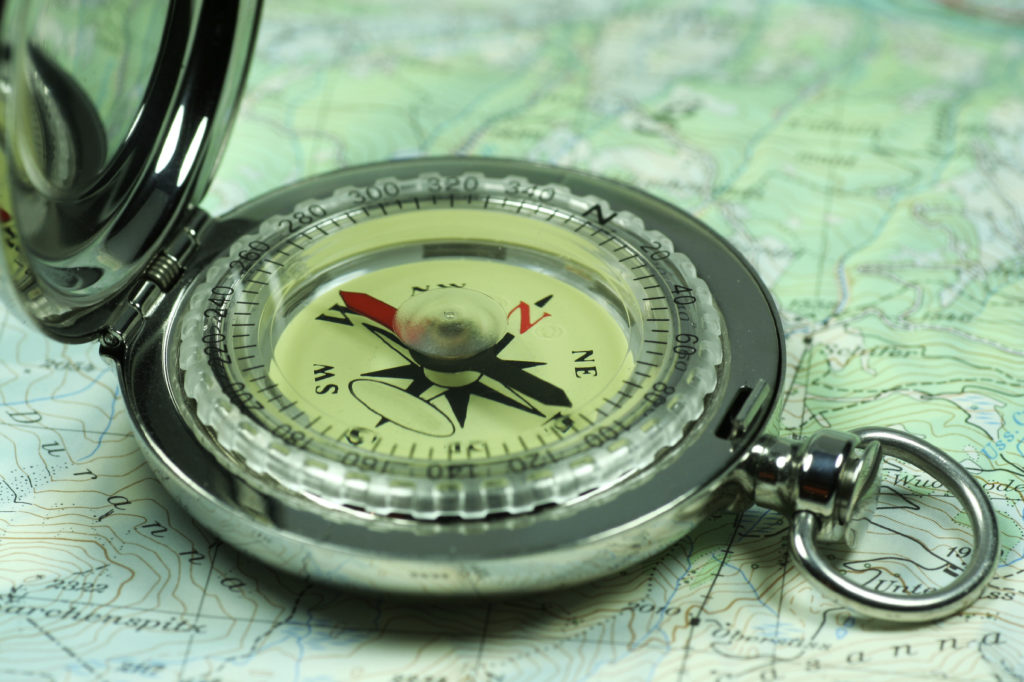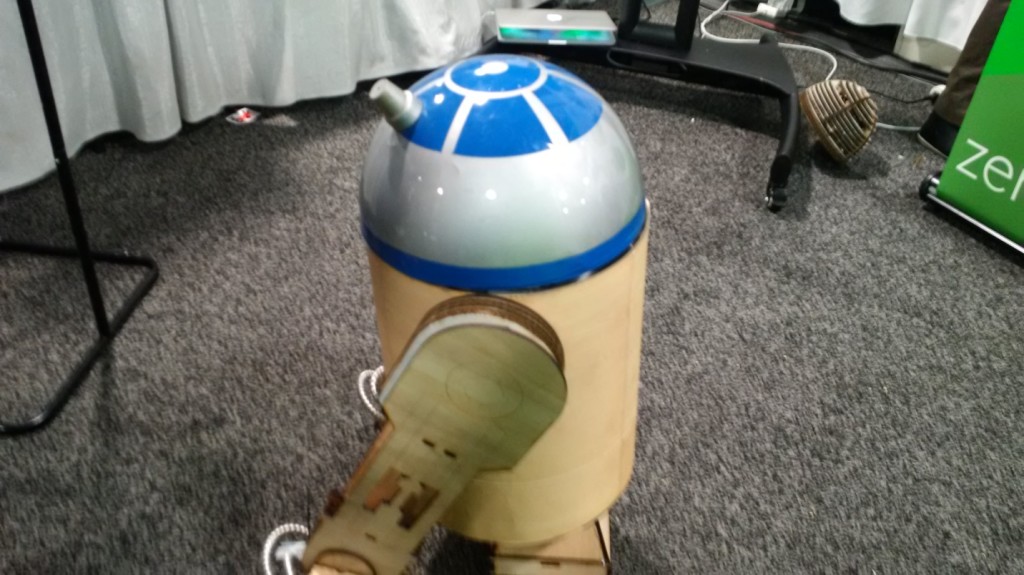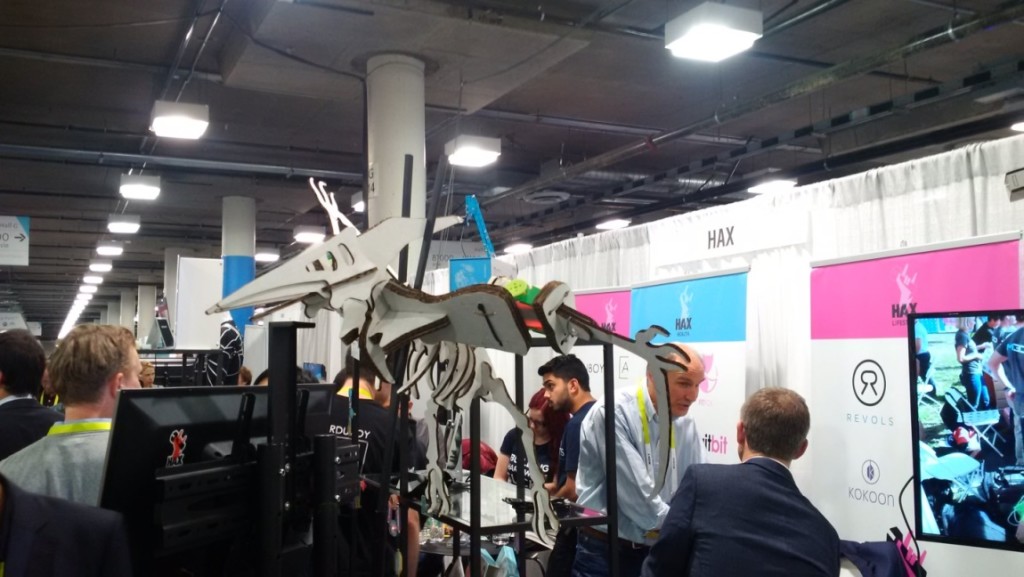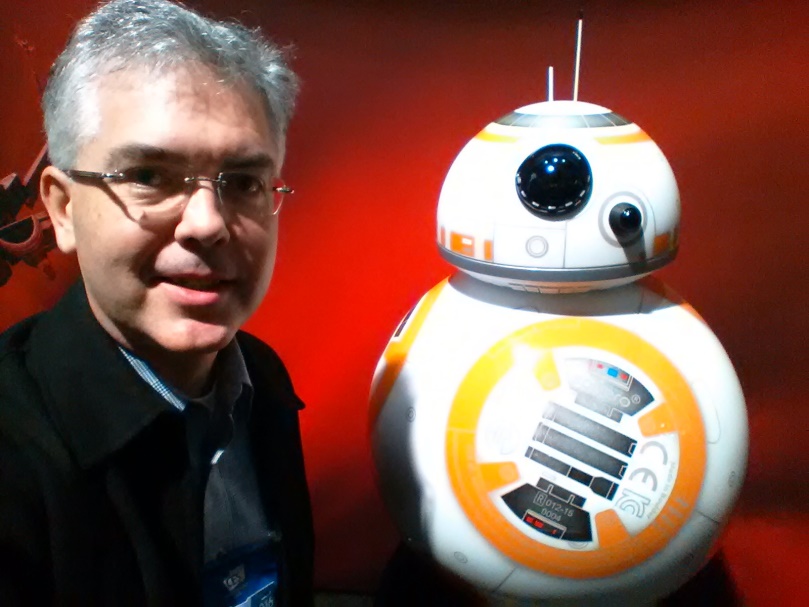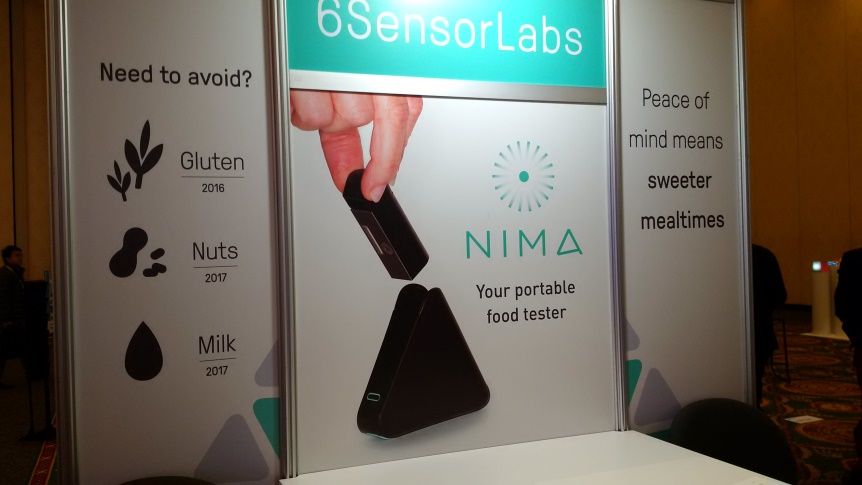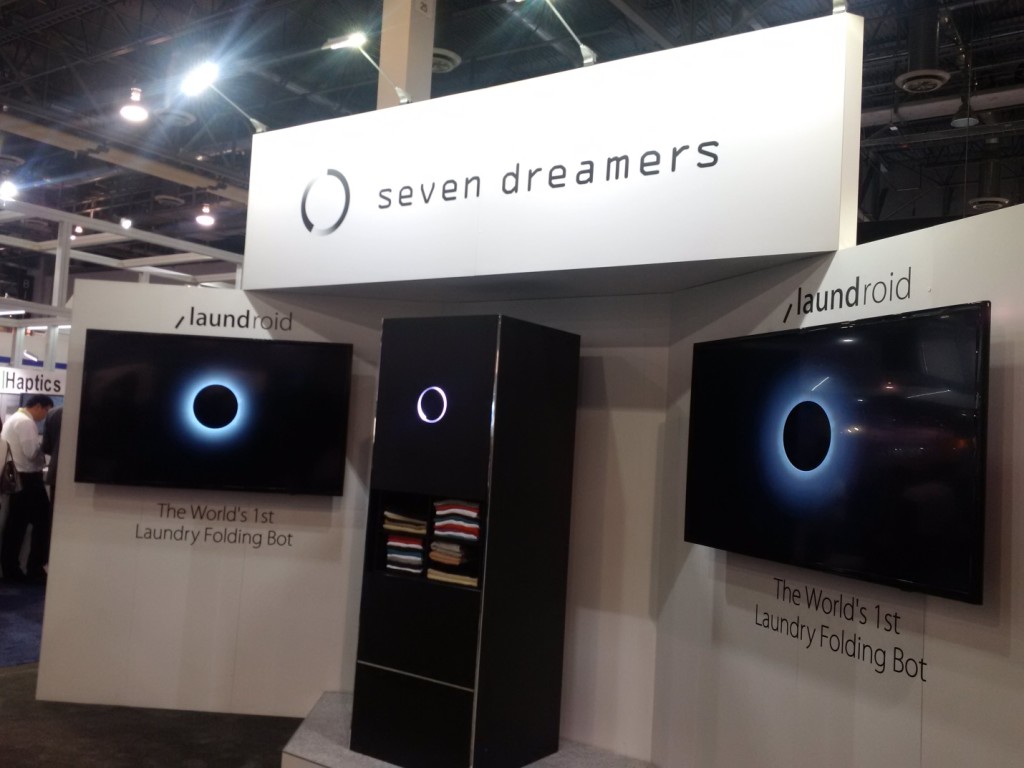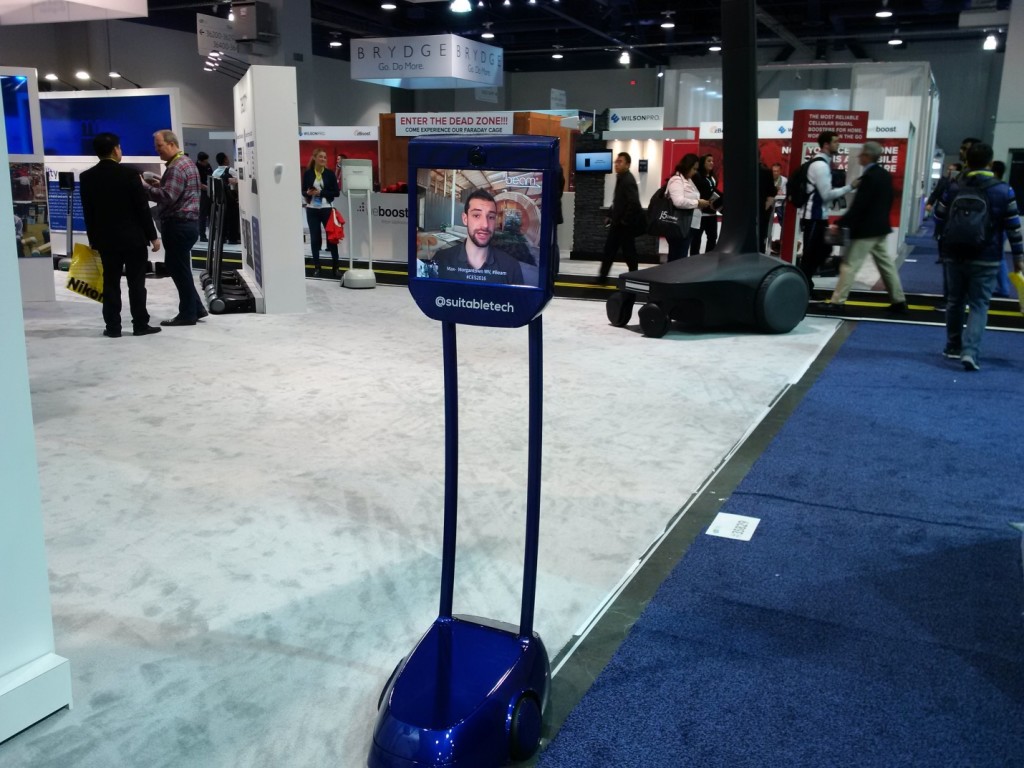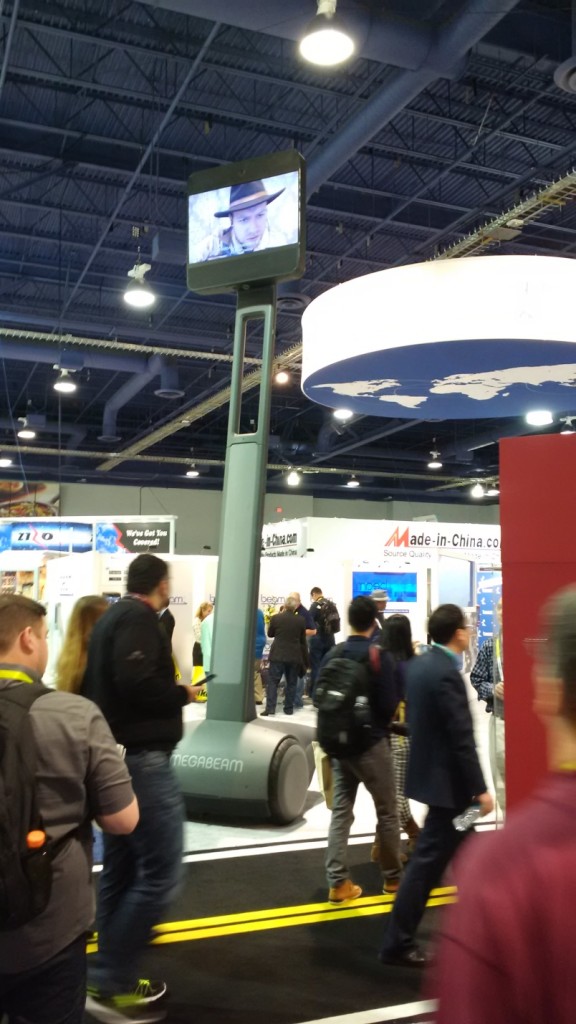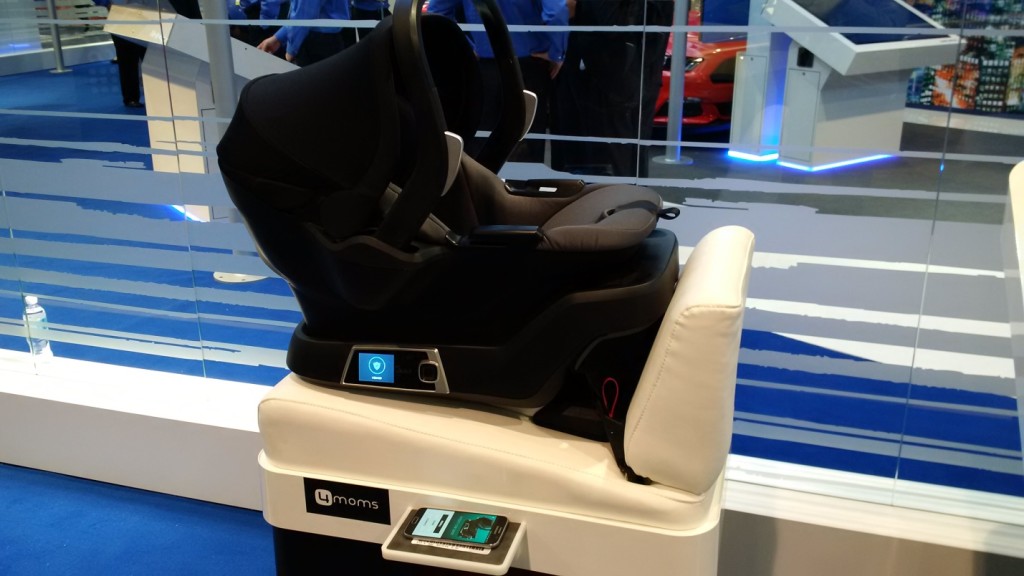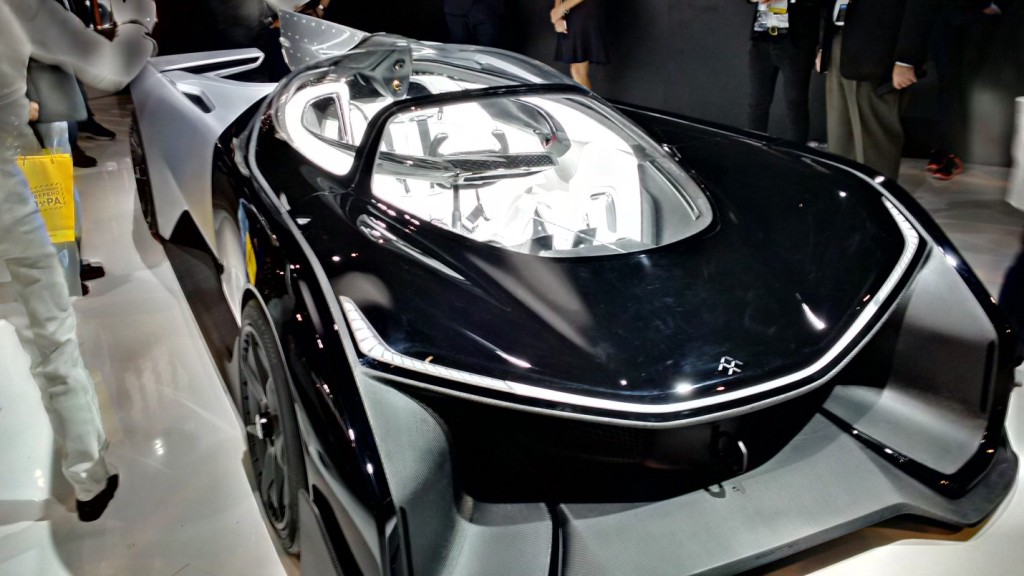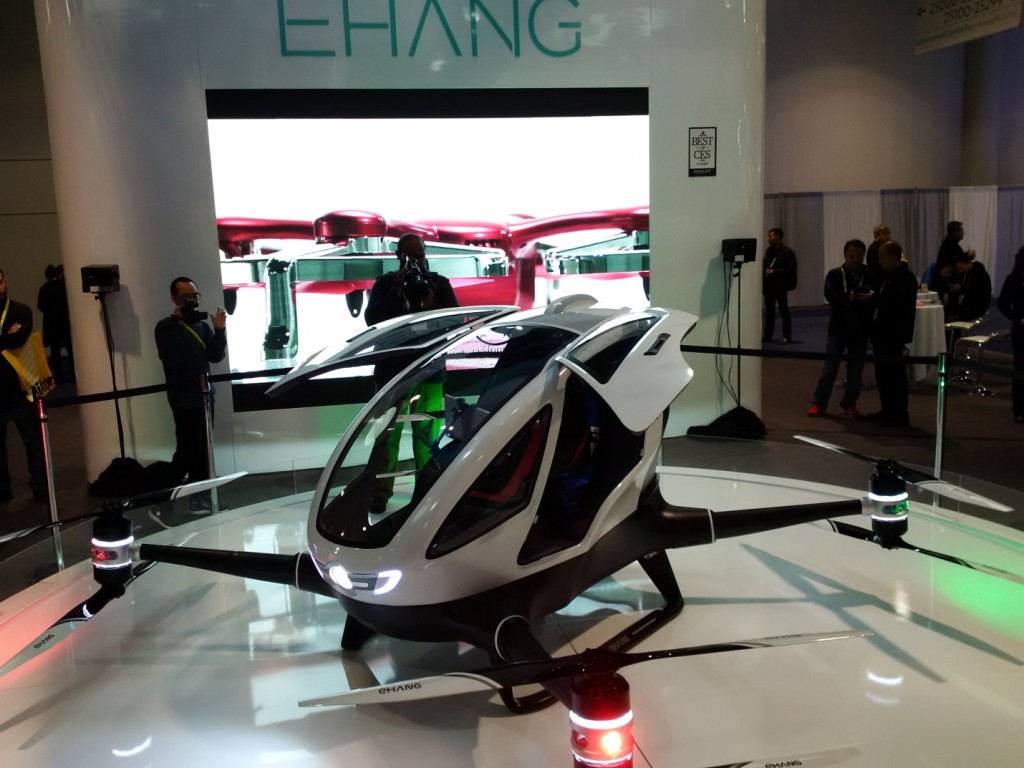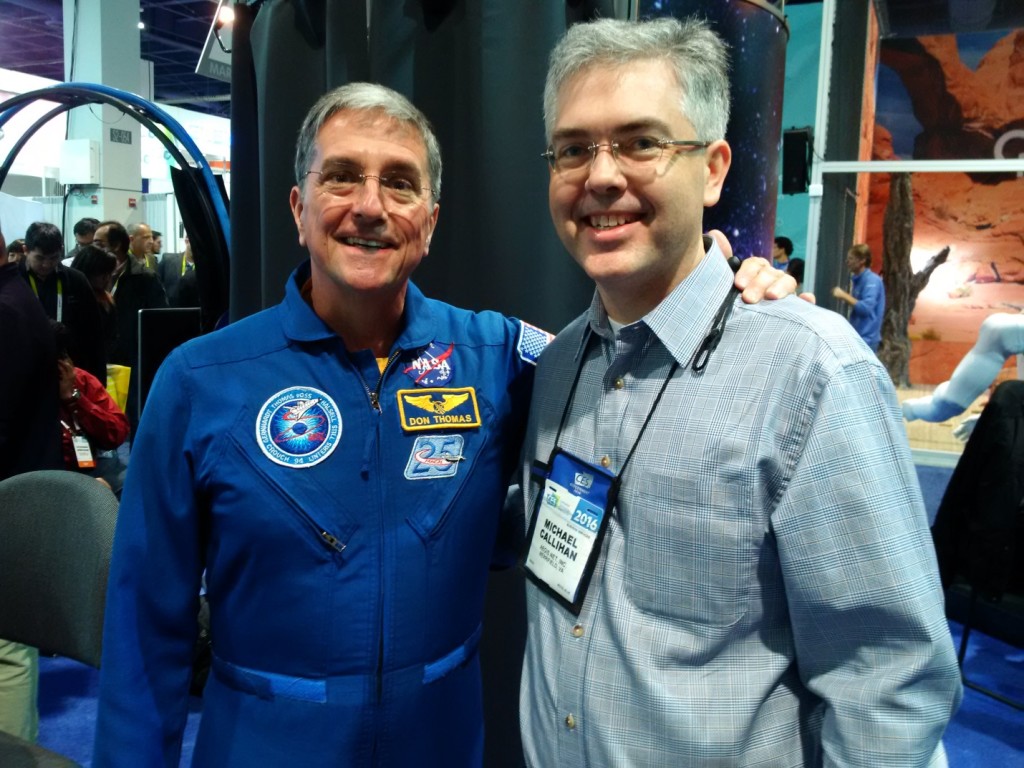I had the opportunity to attend the annual Consumer Electronics Show this year in Las Vegas as well as the CES Government (CESG) conference that took place just before the big show. The obvious reaction one has to a trip like this is, “Seriously? That’s a boondoggle if I’ve ever heard of one!” However, trusted people who had attended in the past assured me that wasn’t the case and I was happy to find they were right. CESG was a fantastic event and the CES was eye-opening to say the least.
I have broken my comments down into two separate posts. The first post covered CESG. Part 2 below is my personal highlight reel from CES…
Part II: CES and the Exhibits
170,000 people spread over 2.5 million square feet of exhibit space. That’s the context for understanding the massive scope of CES. Such a spectacle need not be amplified by taking place on the Strip in Las Vegas – but that makes it even larger than life.
First off, I had a few take-aways from the show about human nature:
- Considering there were 170,000+ people at the show, it was amazing how so many of those people lived in their own world, heads down making no eye contact, ears plugged straight in to smartphones. It was an incredibly lonely large crowd of people.
- Netflix mentioned they streamed more than 12 billion hours of programming last year. Is that a good thing? What if 1% of those hours went into public service instead of screen-watching? What kind of impact would that have on the world?
- The keynote from VW CEO Herbert Diess was a textbook example of how a leader addresses controversy in an effective way. His comments and apologies about the diesel engine issue and its regulatory and environmental impact were spot on. And in the midst of delivering that message, he announced a couple slick new cars. Well done…
So enough social commentary – what about the tech?
I spent 20 full hours in the exhibit halls. I logged over 20,000 steps on my FitBit four days in a row. Despite all of this, I estimate that I saw, at most, 50% of what there was to see. I chose to skip some of the high-draw exhibits that would be most time consuming such as the Oculus virtual reality demo and the BMW driving experience in favor of covering more ground. In the end, I saw a lot of neat things. And although I missed some of the big ones other sites like CNet have covered in depth, here is my personal Top 10 based on things I actually saw first-hand:
10. The Skulpt devices – the currently available Aim and upcoming Chisel – are used to measure muscle quality (MQ) and body fat across 24 regions of the body. The main use case is for athletes in training, but it seems to me it could be incredibly useful to people who have health conditions that affect muscle mass in order to provide quantitative feedback on their own training program. I.e., taking something otherwise qualitative and being able to represent it in a quantitative way thanks to this device.
9. Robotics technology for educational purposes. There were several exhibits of this type. I think this kind of thing holds a lot of promise for compelling kids to learn programming as well as engineering, physics, etc. A couple of the platforms I saw included Ziro and Sphero.
Ziro gives you the smartphone-connected motor control modules and suggests you use heavy cardboard cutouts to build robotic creations – i.e., lots of room for creativity and very low cost. They also have a glove you wear to control the motors. They built an R2D2 and a wing-flapping pterodactyl:
Sphero is the company who developed the technology used for BB-8 in the new Star Wars movie. My youngest son just received the original Sphero robot for Christmas and has been playing with it. It comes with a mobile app and also an app for visual robotic programming. The company offers a program to get Sphero units into schools for STEM education. Very cool toy. I expect more great things from them. They were showing off a product coming for next holiday season – a glove to be worn for ‘Force control’ of the Sphero BB-8.
This is the droid I was looking for:
8. There was no one at this booth to answer questions, but it seemed like a novel idea – the Nima Sensor is a tool to test for the presence of foods that are common allergens (gluten, nuts, milk).
7. When I told my wife I was going to CES, she joked that she’d like me to find a machine that could do the laundry for us. Well… Laundroid is a robotic laundry folder… Full cycle laundry processing is on target for 2019.
6. I discovered this one not in the exhibit halls but on the plane ride home thanks to the person sitting beside me. Here Active Listening is a set of ear buds that actively filter sound. To be clear, they are not the kind of ear buds you plug into an audio device, but ones you wear for sound filtering or shaping purposes. She let me try them on – she activated the airplane noise filter and WOW. We were able to continue a pleasant conversation but I could barely detect the plane’s engines. I immediately realized this could help my middle-age male, large noisy room hearing problem at business dinners. They were funded via KickStarter and already promised most of their first production run to people who funded them. But I have signed up for the wait list… While they did not have a booth at CES, they picked up coverage from CNet anyway.
5. One of the most interesting conversations I had on the exhibit floor was not with a flesh and blood person standing in front of me, but with Max, an operator of a Beam machine – a sort of robotic avatar from SuitableTech. Max was sitting in his apartment in Morgantown, WV. The unit has a camera on the front so the operator can see who he’s talking to and where he’s going. It has sensors that tell the operator if someone has walked up beside or behind the unit so he doesn’t turn or back into them. They have optimized sound so he can hear and be heard in a noisy environment. And they can drive all around the floor. Here’s a pic of Max:
And it also comes in size extra large: I give you MegaBeam:
4. Bonaverde is an interesting coffee making system from some German folks. It starts like this: you order coffee from a fair trade farmer. The coffee arrives as green coffee beans wrapped in a brown paper filter. Attached to the filter is an RFID tag. You scan the tag on the Bonaverde coffee machine. It reads data provided by the farmer about how best to prepare this coffee. You empty the beans into the top of the machine and then slide the filter into the filter compartment. The machine begins by roasting – yes roasting – the beans. Then it grinds them with a burr grinder into the filter. Then it brews the coffee. Yes, it’s a process, but pretty slick.
3. Fasetto offers portable storage for active situations. A tiny cube 48x48x23mm, 4oz, holding up to 2TB solid state storage and wireless (wifi and Bluetooth) connectivity to devices requiring access to that storage. The cube is virtually indestructible – heat, cold, impact, dust, water, etc. Handles 20 concurrent connections 7 concurrent streams. It’s not cheap – $275 for 250GB up to $1,400 for the 2TB model. But they let me handle one – amazing how small and yet how solid feeling it was.
2. There was a demo of using Qualcomm’s tech for robotics. They built a small flying drone and had an obstacle course. The drone was able to fly autonomously through the course. It was both very cool and somewhat creepy to see this thing flying around on its own. They said it used basically the same components Qualcomm furnishes to a variety of smartphone manufactures.
1. At the end of Wednesday, I came across this one, almost missed it. Two ladies set up alongside the large Honda booth in LVCC North. Company is 4Moms. Product is a self-installing infant car seat. When I saw this demoed, I announced it was the coolest thing I had seen all day. Considering I had seen the Faraday car and a Ford GT40, that was a pretty significant statement. But for anyone who has ever had to install an infant seat in a car (I’ve done this through four kids over the years), you will get it when you see this thing work. Their stats suggest most infant car seats are routinely improperly installed, and even for certified car seat installers (yes, that’s a thing) it is difficult to do. This seat seeks to address the problem. The base both self-tightens into the car seat and self-levels comparing its own sensor’s reading with the leveling sensor in your smartphone which you place on the floorboard of the vehicle. The app confirms correct installation. It also pings Mom if, e.g., Grandma took junior for a ride in her car and didn’t get the seat properly positioned. I also noted that one great feature is the all black styling – so dads don’t feel so ridiculous carrying it around as they might the more typical flowery pastel colored ones. Price is steep at $500…
Honorable Mentions:
- The Faraday car…wow…it’s so cool it’s not fair to the Top 10 above.
- Likewise, the Ehang drone big enough to carry a person seems too good to be true. I am imagining letting this thing take me to and from my office bypassing DC area traffic.
- Finally, I met an Astronaut! Dr. Don Thomas flew four Space Shuttle missions and I suspect had more pictures taken at CES than all those missions combined!
Overall, CES was interesting, exciting, overwhelming, and exhausting. If you get the chance to go some time, here are my tips:
- Wear really comfortable, supportive shoes.
- Eat a hearty breakfast – you’ll need the fuel plus bigger breakfast means less need for larger meals in the middle of the show.
- Bring an empty backpack or shoulder bag – you will fill it throughout the day with handouts and samples. Throw in a few bottles of water and a protein bar or two to avoid the need to wait in lines for food/drink.
- Ask questions, engage the folks in the booths. Most of them are happy to talk even if you don’t wear one of the coveted “Buyer” or “Press” badges.
- It’s worth reiterating, wear really comfortable, supportive shoes.
To wrap it up, there is the question of whether this experience was of any business value. I realize it looks like it was all play, but there was a lot of work too. I had a talk with a couple of young entrepreneurs who were happy to announce a pending agreement with a federal contractor to implement their product for the government. It was a chance for me to share my knowledge and experience and provide some warnings around due diligence working with those large contractors. I learned about some health technologies that may become relevant to AEGIS’ work in the health information interoperability space (imagine a Bluetooth-enabled pregnancy test, which I saw, and the opportunities for and ramifications of the information exchange associated with such a device). And I observed a wide range of techniques for marketing business ideas and their effectiveness in a context that didn’t matter to me so much (i.e., AEGIS wasn’t exhibiting here so no stress in that regard on my part – I was able to focus completely on what others were doing, what was working, what wasn’t). I came back home to assemble what turned out to be almost 30 pages of notes on my experience. So yes, I feel there was good business value, but it required a lot of discipline especially in a place like Las Vegas where there is constant competition for one’s attention. I’m looking forward to going again sometime…
Did you go to CES? Or maybe read some of the coverage in the media? What do you think was the best thing showcased this year?

